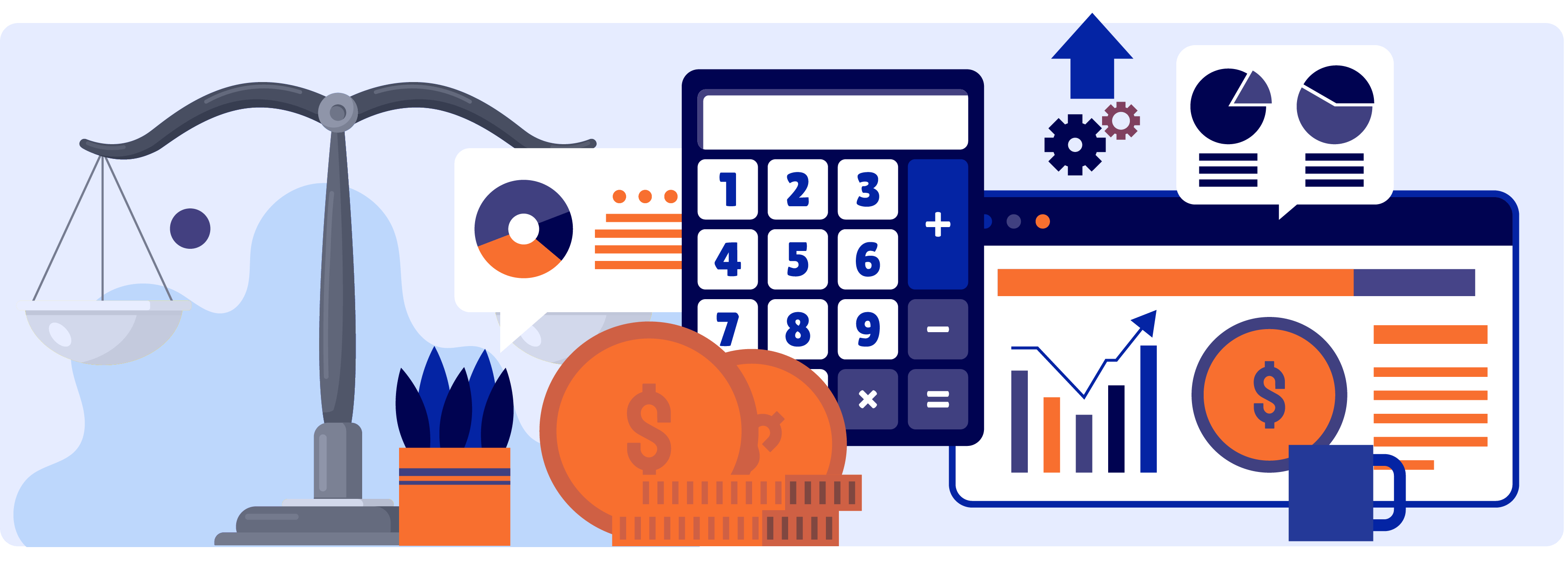Written by Carson Bailey, M. Ed.
Before you can implement new legal software, you must convince your lawyers and staff to adopt it. And to adopt new technology, legal professionals must understand its features and functions — and how they will benefit from them. That requires in-depth training.
But training can’t be one size fits all. After all, no two people learn the same, and you need to cater to their learning preferences to maximize their information intake — and the return on your technology investment.
The success of your new legal software hinges on user competence and confidence. In this article, we’ll share how to design a training program as part of your change management initiative when adopting new software that will appeal to your team and ensure your new solution achieves its expected returns.
But first, let’s explore why you should invest in training.
What are the benefits of investing in new software training for legal teams?
While balancing employee training and billable hours can be challenging, the rewards that stem from well-trained staff far outweigh the initial resource investment. Here are just some of the benefits of prioritizing staff training.
- Higher employee satisfaction: Today’s legal software can improve productivity by streamlining tasks and eliminating manual work. Software can reduce the pressure on employees and help them focus on higher-value work, increasing satisfaction and employee retention rates.
- Better return on investment: Confident users make the most of their software, and developing new skills makes law firms more efficient and innovative.
- Stronger consistency: Well-trained staff adhere to standardized processes, reducing risk factors and promoting compliance.
- Improved visibility: Centralized software usage enhances visibility and control, facilitating data-driven insights that drive business growth.
- Greater client satisfaction: When lawyers know how to get the most out of their collaboration technology, they can give clients timely matter updates and work together seamlessly, elevating client service.
To achieve these benefits, you must ensure that your training follows best practices.
What are some best practices for conducting law firm technology training?
Setting up training for lawyers and staff on new law practice software requires a strategic approach to ensure a smooth transition to new software. To encourage lawyers and staff to engage with training, you must align it to their needs and make it valuable and motivating. Time is precious, so training must be efficient and effective, given the responsibilities already filling legal professionals’ plates.
Consider following these best practices to strengthen your next software training:
- Start championing the software before training begins: Provide advance information about the software’s features and benefits to generate interest and motivation among users before the training session.
- Conduct a needs assessment: Identify your lawyers’ and staff’s specific needs and challenges. Tailor the training program to address these needs.
- Define clear objectives for the training: Determine the specific skills or tasks participants should be able to perform after the training and link them to tangible benefits for each learner’s role and responsibilities.
- Customize your training program: Provide different levels of training based on roles, proficiency levels, and learner preferences. Depending on the software’s purpose and your team’s experience level, some groups might require more in-depth sessions than others. Also tailor the training to user roles: forcing lawyers to sit through sessions geared toward administrative staff will lead to disengagement.
- Deliver training in a variety of formats: Adult learners have diverse preferences. Some people are big-picture learners who need to understand the context, while others require specific step-by-step guidance. Some learners prefer in-person, instructor-led training to virtual training, and others like to learn on a self-paced, asynchronous schedule. To cater to different preferences, offer in-person sessions, webinars, video tutorials, and written guides. Documentation should be user-friendly and include step-by-step instructions and FAQs.
- Offer hands-on learning: Interactive training sessions give users a chance to try out software features in a controlled environment. Real-life situations and case studies relevant to legal practice demonstrate how the software can be used effectively.Give users a sandbox relevant to their roles so they can transfer the skills learned to their work environment.
- Ensure adequate support is available, internally and externally: Offer ongoing support channels like help desks, email support, or dedicated software support personnel to assist users with questions and issues. You won’t always have access to support from a software vendor, so train several “super users” who can provide ongoing support and assistance and champion the software’s use.
- Gather feedback: Ask users for feedback on the software and the training program. Use this feedback to refine the training and address any software-related issues. Be prepared to adjust the program based on user feedback and evolving needs.
- Conduct periodic refresher sessions: Regular training sessions can reinforce learning and introduce new software features or updates.
- Allocate enough time: Schedule plenty of time to demonstrate features, and save time at the end for user questions and practice.
- Measure the effectiveness of your training: Define key performance indicators to measure the success of the training program, such as improved efficiency, reduced errors, and user satisfaction.
- Offer positive reinforcement: Recognize and celebrate successful software implementation and user achievements to keep learner engagement high.
Improve tech adoption with customized legal software training
The successful implementation of new software in a law firm requires a comprehensive training strategy. Adult learners have distinct needs and preferences, and tailoring training to meet those needs is critical for a seamless transition.
By adopting the right training methodologies and involving the right stakeholders, law firms can navigate the challenges of software implementation and equip their teams with the skills needed for a competitive edge in the legal industry.
Contact us today to learn more about how Centerbase training is designed to ease the transition to new technology and accelerate your law firm’s productivity.






